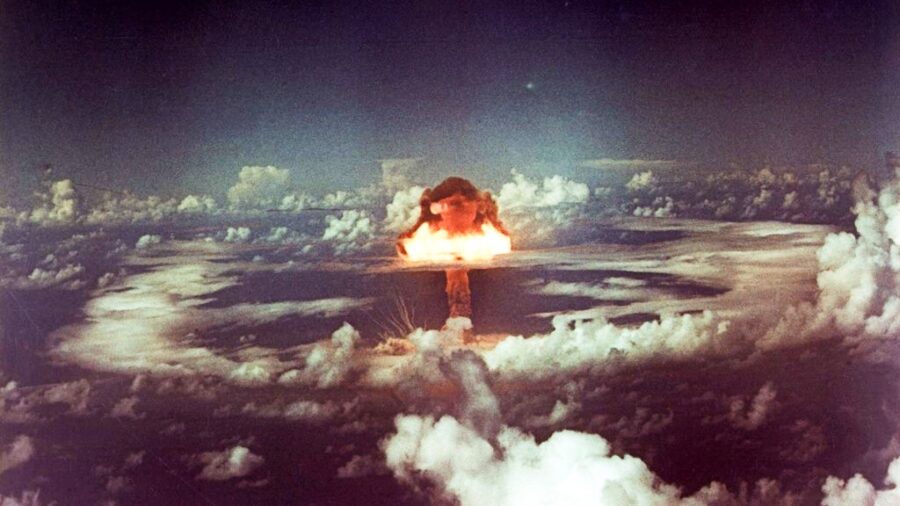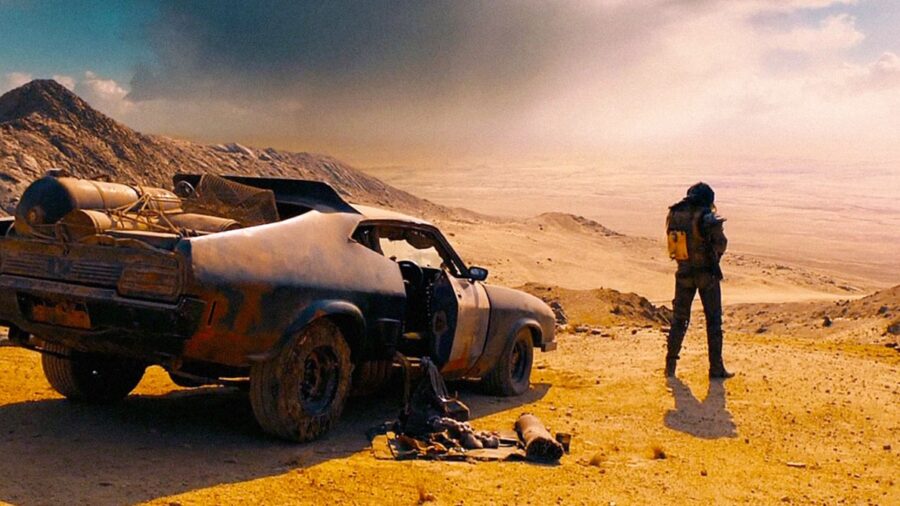NASA Using Nuclear Powered Rockets To Go Into Space, Nothing Can Possibly Go Wrong
NASA is looking into the possibiity of using nuclear-powered rockets for a mission to Mars.
This article is more than 2 years old

NASA is experimenting with using nuclear rockets for deep space travel for the first time in 50 years. As reported by ComicBook.com, NASA is working together with the Defense Advanced Research Projects Agency (DARPA) on a project that, if successful, could get astronauts to Mars for the first time in human history.
From Edgar Rice Burroughs’ John Carter Of Mars to kiddie fare like Mars Needs Moms, the red planet has long captured our imaginations. Until now, a Mars landing has been nothing more than a pipe dream, but nuclear rockets might be the key to finally making that dream a reality.
NASA administrator Bill Nelson certainly seems to think so.
“NASA will work with our long-term partner, DARPA, to develop and demonstrate advanced nuclear thermal propulsion technology as soon as 2027. With the help of this new technology, astronauts could journey to and from deep space faster than ever – a major capability to prepare for crewed missions to Mars. Congratulations to both NASA and DARPA on this exciting investment as we ignite the future together.”
-Bill Nelson, NASA Administrator
The big advantage that nuclear rockets would have over our current propulsion system is speed. The thrust generated by nuclear thermal propulsion is roughly twice the force as one generated by traditional rockets burning liquid hydrogen and liquid oxygen. Not only is the thrust greater, but the byproduct of nuclear fission–hydrogen–weighs less than the water vapor produced by a chemical rocket.
This means that a nuclear rocket-propelled vessel can travel farther and on less fuel than regular rockets.
Speed and fuel efficiency are needed if NASA wants to make it all the way to Mars. The distance from Earth to Mars is approximately 140 million miles (225 million km). At current rocket speeds, a flight to the red planet would take around nine months–plenty of time for something to go wrong.
The famous incident with the Apollo 13 mission was harrowing enough when it happened near the relative closeness of the Moon. Imagine how scary a malfunction would be as far away as Mars!
Of course, nuclear rockets aren’t without their own potential problems. First and foremost is the public’s perception of nuclear power. Real-life incidents like Chernobyl and Three Mile Island, as well as countless movies and TV shows depicting the Earth after a nuclear apocalypse, have resulted in most people being leery of nuclear power, if not downright against it in all its forms.

An incident in 1978 where the nuclear reactor-powered Soviet satellite Kosmos 954 crashed to Earth, scattering radioactive dust and debris over a nearly 400-mile path, proved that sending nuclear materials into space could result in calamity if precautions aren’t taken. Thankfully NASA is taking such steps with its nuclear rockets.
Any nuclear-powered rockets would launch initially using traditional combustion methods, with the nuclear reactor not kicking in until the rocket has left Earth‘s atmosphere. This ensures that should there be any sort of accident during launch like the Space Shuttle Challenger tragedy; it won’t cause any nuclear fallout.
Anthony Calomino, a materials and structure research engineer at NASA’s Langley Research Center, put it perfectly: “NASA’s priority is always safety first—not just safe for the astronauts but for the ground crews that support them as well as the environment.”
However, humankind first sets foot on Mars, whether through traditional methods or through the use of nuclear rockets, it will be a history-making event on par with the moon landing.












